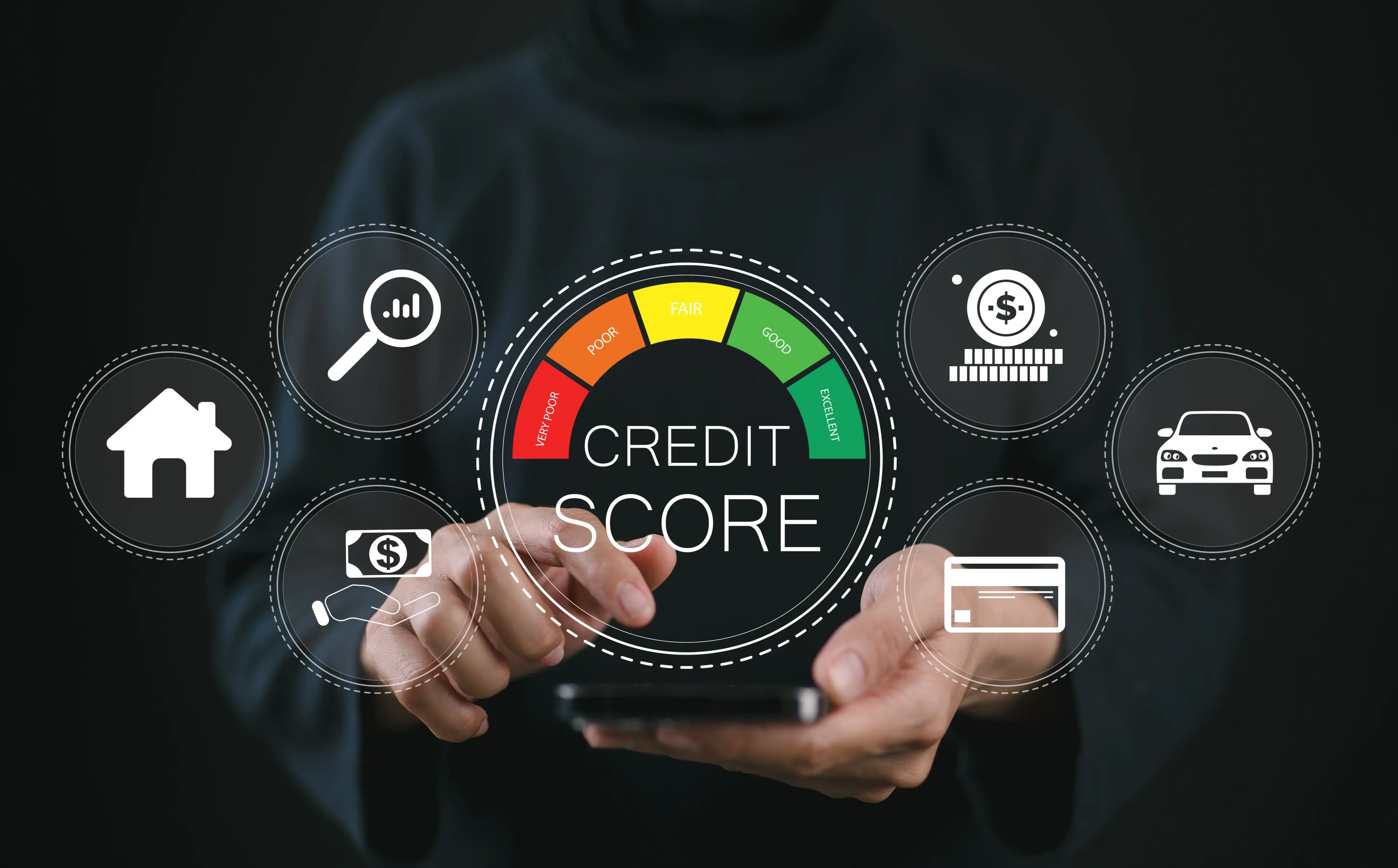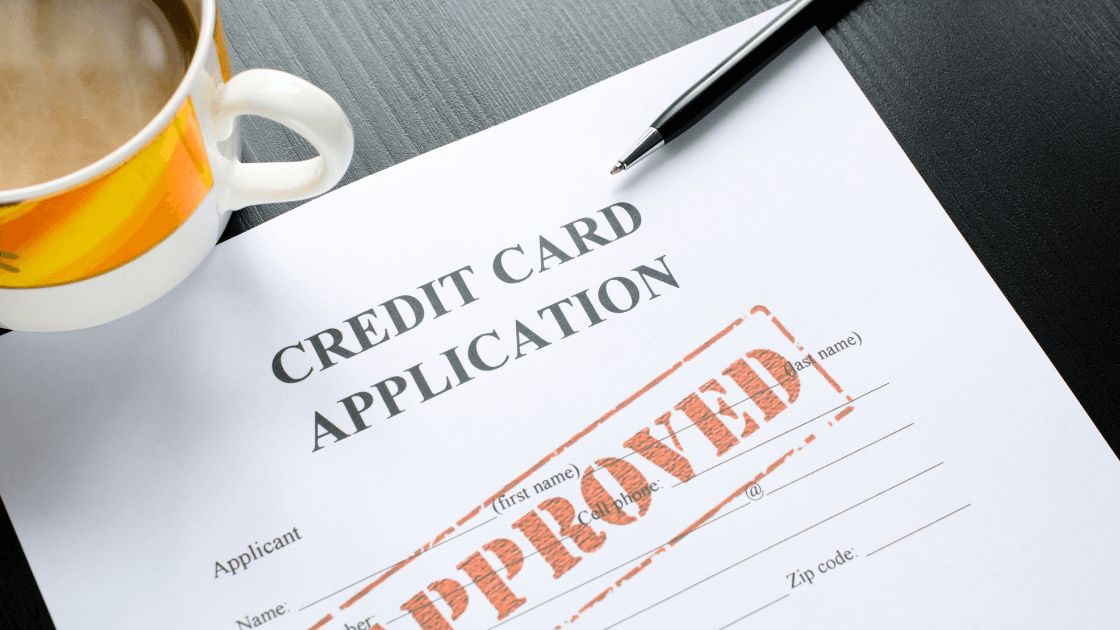
Cards
•04 min read
-ed507771-df04-4fb3-9af5-bae11cb611a6.png&w=3840&q=75)
Have you ever wondered why your credit score changes even when you pay your credit card bills on time? The secret often lies in your credit utilization ratio. Understanding and managing this ratio is essential to maintaining a healthy credit score and achieving better financial outcomes. In this post, we will explore what credit utilization is, how it affects your credit score, and practical strategies to optimize your credit usage.
Credit utilization is the percentage of available credit you are using on your revolving credit accounts, such as credit cards. It is a key factor in many credit scoring models. This ratio helps lenders gauge your spending habits and financial health. A lower utilization typically indicates responsible credit management, which can favorably impact your score.
The formula to calculate credit utilization is simple: divide your total credit card balances by your total credit limits, then multiply by 100. For example, if your total credit limit is ₹1,00,000 and you have a ₹30,000 balance, your utilization ratio is 30%. Keep in mind that individual account utilization matters as much as the overall utilization across all accounts.
Lenders view credit utilization as a sign of your ability to manage credit. A high utilization ratio may suggest financial strain, while a lower ratio demonstrates that you are not overly dependent on credit. This factor plays a significant role in your overall credit score, influencing the opportunities available for future financial products.
Your credit score is sensitive to the credit utilization ratio. When you carry higher balances relative to your available limit, it can lower your score as it signals a higher risk to lenders. Even if you pay off your balances in full, the ratio is calculated based on what is reported to credit bureaus. For this reason, monitoring your usage is essential. Even changes as simple as adjusting your payment timing can result in noticeable differences in your score.
Maintaining a credit utilization ratio below 30% is generally recommended. While a lower percentage is preferable, a zero utilization is not always ideal because it may lead to less credit activity being reported. Lenders find a mix of active and low balances favorable. It is important to balance your usage across individual accounts along with the overall utilization.
Using too much available credit can be a red flag for lenders. High utilization indicates that you might be over-relying on credit, which increases your financial risk. As a result, a high ratio can reduce your creditworthiness and negatively impact your future eligibility for loans or credit cards.

Pay Down Balances: Focus on reducing high-interest credit card balances first. This step quickly lowers your overall utilization ratio.
Timing Payments: Making payments before your statement closing dates can help lower reported balances, thereby improving your utilization ratio.
Use a Credit Utilization Calculator: These handy tools allow you to track your balances and credit limits accurately. With a quick calculation, you can plan better and adjust your spending accordingly.
Request Credit Limit Increases: Increasing your available credit without a corresponding increase in spending can improve your utilization ratio. Consider periodically asking for an increase if your income has grown or your credit history has remained strong.
Open New Credit Accounts Carefully: While new accounts can boost your total available credit, it’s important not to open too many at once. New accounts can add to the mix, but they should be managed responsibly.
Avoid Closing Old Accounts: Keeping inactive credit cards with good standing open helps maintain a higher overall credit limit. This is a practical method to keep your utilization ratio low over time.
Limit Spending: Being mindful of your expenditures on credit cards is a fundamental change that can help maintain a low ratio. Stick to your budget to prevent unnecessary spending.
Monitor Credit Reports: Regularly checking your credit reports assures that all information, including your credit limits and reported balances, is accurate. This practice helps you quickly spot discrepancies or errors.
EMIs are considered installment credit rather than revolving credit, so they do not directly affect your credit utilization ratio. However, consistently making timely payments is vital in supporting your overall credit score.
Although credit utilization is important, it is not the sole determinant of your credit score. Other factors, such as payment history, credit age, and credit mix, also contribute significantly.
While reducing your credit utilization can lead to a better credit score fairly quickly, full-scale improvements may depend on other elements of your credit profile. Sustained effort across all areas is key.

It is important to manage the utilization ratio for each credit account separately. A low overall ratio might still mask high usage on individual cards, which can affect your creditworthiness. Keeping each account’s balance in check helps maintain a robust credit profile.
Maintaining a low credit utilization ratio not only boosts your credit score but also enhances your eligibility for future financial products such as home loans or premium credit cards like the Tata Neu HDFC Bank Credit Card. Responsible management in this area can open doors to better financial opportunities and stability in the long run.
A good credit utilization ratio is one that remains below 30%, though many experts suggest that maintaining it between 10% and 20% is even more beneficial.
Credit utilization is calculated by dividing your total credit card balances by your total credit limits, and then multiplying the result by 100.
Yes, because credit utilization is based on the balances reported to credit bureaus on your statement closing date, regardless of whether you pay in full afterward.
It affects your score as long as a balance is reported. Once your balance is paid down and reports are updated, you will likely notice improvements.
When you use a large portion of your available credit, it signals to lenders that you rely heavily on credit, which may be seen as a financial risk and subsequently lower your score.
In summary, managing your credit utilization is an essential part of maintaining a strong financial profile. By understanding what credit utilization is, how it's calculated, and why it matters, you can make informed steps to optimize your credit usage. Whether through short-term tactics like timely payments or long-term strategies like requesting a credit limit increase, every action counts toward building a more robust credit score. Remember, a well-managed credit utilization ratio is a powerful tool to unlock better financial opportunities and secure a promising future.